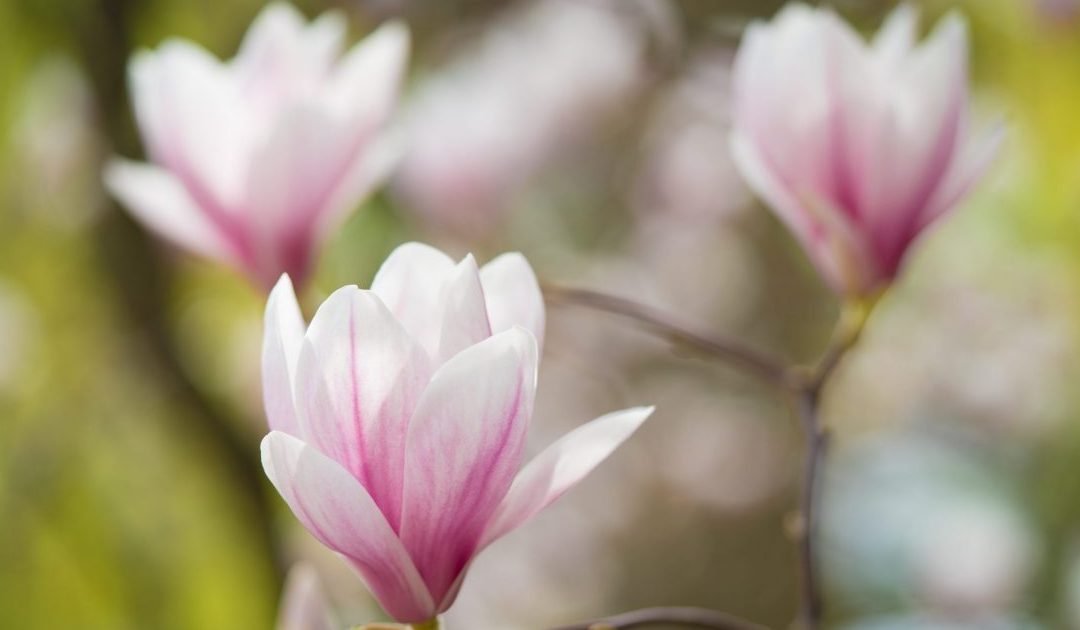Guest post by SPM member Pam Ressler RN, MS of Stress Resources LLC. See bio at end.
I have just finished co-teaching a month-long elective on the topic of pain to a group of rising 4th year medical students. In collaboratively planning the curriculum with my colleagues, we included the necessary “test-worthy” facts about pain management, but given the current climate of fear and uncertainty of the global pandemic, we also left space for exploring the broader experience of fear, pain and suffering.
All humans will experience pain in their lives, some of us more than others, but pain is a universal experience of being mortal. Navigating these uncertain days of COVID-19, pain and suffering are more prevalent than ever. Our exposure to pain, suffering, and fear is enormous — whether we are a healthcare provider, a person living with chronic health conditions, or a family member.
Even more challenging is the uncertain nature of the COVID-19 pandemic, its unpredictability with an unknown endpoint. We are receiving mixed messages from the media and public health officials; being asked to isolate ourselves from others while at the same time being told that loneliness and isolation pose significant health risks, especially to individuals with chronic illness. For those in of us working in healthcare, fear of contracting COVID-19 is heightened by lack of adequate personal protective equipment, unrelenting work schedules, and compassion fatigue.
This has left us with the question: How do we care for others in pain when we are also hurting and suffering? While I don’t have great answers to that question, I can speak from my own experience.
As a nurse I was taught to be observant to signs of pain and distress in patients, to be vigilant in providing appropriate pain relief. I was not taught to be vigilant or observant to my own fear, pain and suffering. COVID-19 has presented an opportunity to recognize the intense toll this pandemic is taking on each of us. Our ability to be resilient, to be able to bend and adapt to adversity, is being tested in ways many of us have never experienced.
Raising our resilience in times of great stress can boost our ability to navigate pain and suffering with less reactivity and greater wellbeing. Finding tangible ways to shift or pause during our stressful days, to notice a bit of beauty, a pleasurable experience, or even simply our ability to take a breath, is powerful and healing. Allowing pain and suffering to coexist with pleasure or joy may seem ridiculous to many — a baseless impossibility. However, often those with chronic illness or those who have experienced loss and grief eventually come to this place of equanimity.
I was brought to this place with the death of my teenage son from cancer nearly two decades ago. Allowing myself to notice beauty while being surrounded by fear, anger, grief, pain and suffering seemed implausible. But I also desperately wanted to escape from the vortex of despair. So I pulled out a forgotten notebook in a desk drawer and started to write a few words. I began slowly, going outside, trying to notice at least one thing each day that was beautiful, interesting, pleasant, surprising or ironic, then simply writing a few words of what I observed. This became my touchstone of equanimity.
Over the years I began to craft those few words of observation into haiku.
Why haiku? Because haiku invite observation and elicit thoughts and emotions that are grounded in the present. Haiku are micro poems that can be said in one breath yet profoundly express many aspects of the human experience. Haiku are healing for me, structured simply into three lines of 5 syllables, 7 syllables, 5 syllables a framework that is consistent when I am faced with so many other inconsistencies in my life. Haiku are meant to be shared — allowing the reader to understand them and feel them in their own way. There is never a wrong way to understand a haiku. Haiku writing helps me to connect with what is going right in the world when so much is also going wrong.
Since COVID-19, I have stepped up my haiku writing. I write and share a daily haiku on my blog and on Twitter using the hashtag #HaikuChallenge20. Since mid-March when I began posting my daily “pandemic poetry” folks from around the globe have shared their own micro-poems. In our isolation we are connecting around what we are observing.
If my medical students had asked me for advice in how to keep working in healthcare when one is continually witnessing so much pain and suffering, I would humbly offer this advice:
- Acknowledge your own pain and suffering as you care for others — this is not a sign of weakness but a recognition of compassion and empathy.
- Find ways to pause and check in with yourself throughout your day
- Learn to meditate, pick up a musical instrument, write a haiku
- Remain curious
- Seek out beauty, joy, or gratitude each day — and tell about it
- Keep your heart soft and your eyes open — its OK to be vulnerable
As we continue to navigate through these unsettled times, may we find a sense of resilience within the chaos, the ability to find equanimity in uncertainty, and the desire to write a haiku.
 Pamela Katz Ressler, RN, MS, HNB-BC is the founder of Stress Resources in Concord, MA and an adjunct clinical assistant professor of Community Medicine and Public Health at Tufts University School of Medicine in Boston, MA. She has served as the only nurse on the Executive Board for MedicineX at Stanford University and is an appointed member of the Consumer Health Council of the Massachusetts Health Quality Partners. Pam’s consulting work focuses on sustainable strategies of resilience for organizations and individuals. She was selected as a 2019 Mayday Fellow for Pain and Society and is currently serving on the Global Alliance of Pain Patient Advocates Presidential Task Force of the IASP (International Association for the Study of Pain). Pam is a member of the Society for Participatory Medicine. You can find her podcast Raising Resilience on Apple Podcasts and on her website StressResources.com
Pamela Katz Ressler, RN, MS, HNB-BC is the founder of Stress Resources in Concord, MA and an adjunct clinical assistant professor of Community Medicine and Public Health at Tufts University School of Medicine in Boston, MA. She has served as the only nurse on the Executive Board for MedicineX at Stanford University and is an appointed member of the Consumer Health Council of the Massachusetts Health Quality Partners. Pam’s consulting work focuses on sustainable strategies of resilience for organizations and individuals. She was selected as a 2019 Mayday Fellow for Pain and Society and is currently serving on the Global Alliance of Pain Patient Advocates Presidential Task Force of the IASP (International Association for the Study of Pain). Pam is a member of the Society for Participatory Medicine. You can find her podcast Raising Resilience on Apple Podcasts and on her website StressResources.com







Recent Comments